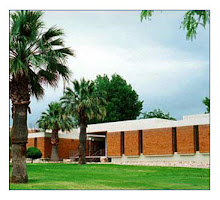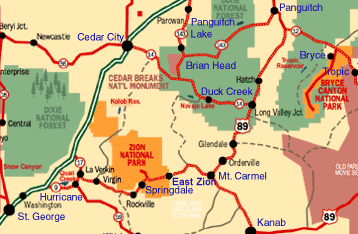
Much construction was going on within one half mile from where I live. This area of busy building took up a large, full 4 corner intersection. One particular building being constructed was an immense thing. I kept watching it’s progress, wondering what business it would turn out to be.
In the mean time, on the other corner I was more interested because it was the long awaited health food store near completion.
When I finally DID notice "that immense building" and that it finally had a name....it said “Tai Pan Trading Wholesale Home Decor”.
Well, since I am not much into home decor, I sort of ignored the newly opened business. At Thanksgiving we had several family members visiting and so the “girls” decided to check out Tai Pan. Well....were we in for a treat and a surprise!!! Everything you could imagine for uniquely and cutely decorating a home was inside that gigantic shell of a building. The center section of the whole store was devoted to just Christmas items....and at very reasonable wholesale prices!!
As of December 26, every Christmas item is at 50% off the already low prices. When they clear out the Christmas stuff....in will come the Valentine stuff. What a fun, fun store.
The interesting part of this is that I thought that Tai Pan was another one of those large chain stores that are throughout the U.S. Wrong!!! Tai Pan is currently only in Utah, with 3 store locations, at the time being. I went online and checked them out and this is the story of Tai Pan Trading Wholesale Home Decor store:
In 1977, a young BYU University (in Provo, Utah) student began selling for a particular company. He learned and saw many great opportunities for business and eventually started his own side-business. He bought a van and started importing and buying products for resale. The merchandise was warehoused in his basement and garage. His business grew, and he started Tai Pan Trading International. Eventually he needed more warehouse space so he moved his business into the basement of a building in downtown Provo. From there it moved to a warehouse in Midvale, Utah and then to a location in Sandy, Utah. Finally, Tai Pan found a home in Murray, Utah where the company would spend the next 15 years in a 52,000 sq. ft. building.
In the mean time, on the other corner I was more interested because it was the long awaited health food store near completion.
When I finally DID notice "that immense building" and that it finally had a name....it said “Tai Pan Trading Wholesale Home Decor”.
Well, since I am not much into home decor, I sort of ignored the newly opened business. At Thanksgiving we had several family members visiting and so the “girls” decided to check out Tai Pan. Well....were we in for a treat and a surprise!!! Everything you could imagine for uniquely and cutely decorating a home was inside that gigantic shell of a building. The center section of the whole store was devoted to just Christmas items....and at very reasonable wholesale prices!!
As of December 26, every Christmas item is at 50% off the already low prices. When they clear out the Christmas stuff....in will come the Valentine stuff. What a fun, fun store.
The interesting part of this is that I thought that Tai Pan was another one of those large chain stores that are throughout the U.S. Wrong!!! Tai Pan is currently only in Utah, with 3 store locations, at the time being. I went online and checked them out and this is the story of Tai Pan Trading Wholesale Home Decor store:
In 1977, a young BYU University (in Provo, Utah) student began selling for a particular company. He learned and saw many great opportunities for business and eventually started his own side-business. He bought a van and started importing and buying products for resale. The merchandise was warehoused in his basement and garage. His business grew, and he started Tai Pan Trading International. Eventually he needed more warehouse space so he moved his business into the basement of a building in downtown Provo. From there it moved to a warehouse in Midvale, Utah and then to a location in Sandy, Utah. Finally, Tai Pan found a home in Murray, Utah where the company would spend the next 15 years in a 52,000 sq. ft. building.
Tai Pan’s business was strictly done on a wholesale basis, selling to all sizes of retailers, such as Wal-Mart and R.C. Willey. It didn’t take long for Tai Pan to realize that the greatest future opportunity was to sell wholesale directly to the public, somewhat in the pattern of Costco.
In 2005, Tai Pan became known as Tai Pan Trading Wholesale Home Decor and opened its first retail store in a 100,000 sq. ft. facility in Sandy, Utah. Tai Pan’s presentation was a highly merchandised approach with a superstore level of variety, and an ambiance and charm of a small boutique. The wholesale to the public concept has gone over very well and subsequently, Tai Pan has opened two more stores. One in Clearfield, Utah, which opened in 2006, and the other located in St. George, Utah, which opened fall of 2007.
Check out their website at: http://www.taipantrading.com/index.html
























